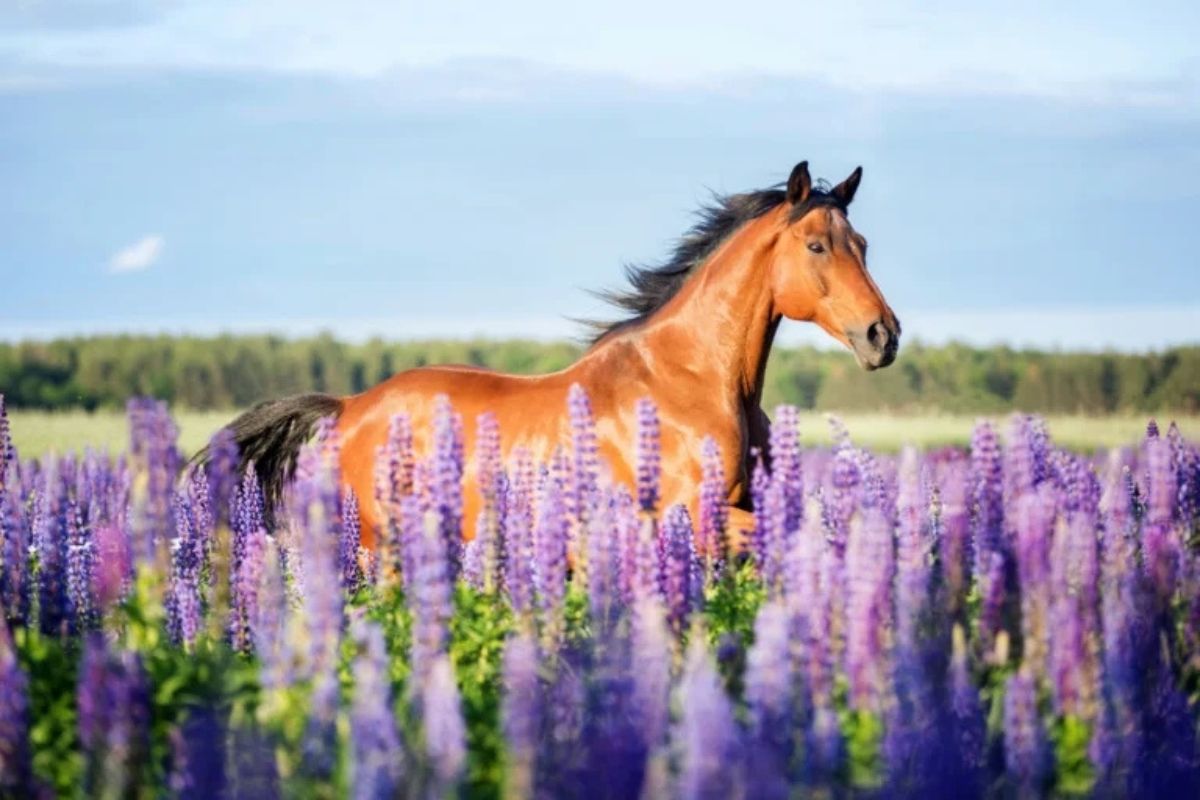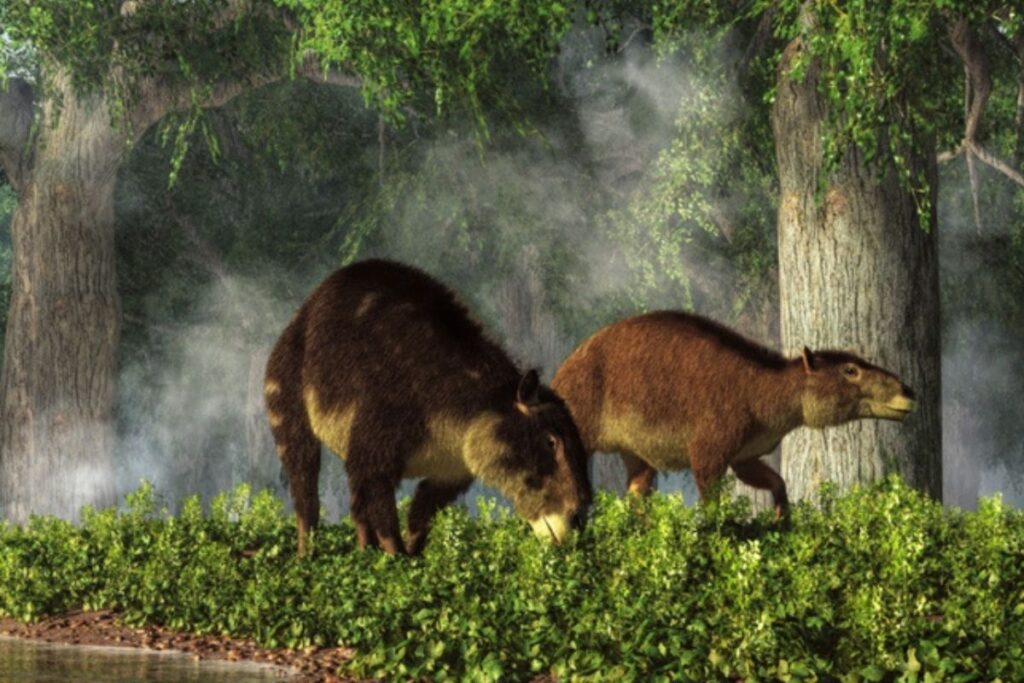Menu

We horse people spend a lot of our time with our horses. We groom them, train them, feed them, arrange their surroundings, and have fun with them. But for people who are not used to being around these large animals, it may actually seem a bit strange. Cause what is a horse really? And what does it give us? The answer depends on whether you look at it from an evolutionarily perspective or through the eyes of a horse owner.
There are so many different horses. In fact, today it is estimated that there are about 70 million horses in the world. Most of them are used for riding, and again the majority are used for showjumping, dressage, hacks, or racing.
This specie also includes donkeys and zebras, and everyone in this “family” has a very well-developed sense of smell and sight.
Due to the strength of the horses, they have been widely used in the fields, but when the machines came, they took over much of the work. In addition, they have been used for transportation, which they still are – on occasions and in certain places in the world.
You may also like to read: The Fell Pony: A rare and very special breed
The horse we know today has been developing for millions of years. They are descended from an animal called Eohippus, which was very different from the horse we know today. They lived about 56 million years ago. Eohippus was adept at hiding using camouflage, and so the animal had feet that were more reminiscent of dog paws with foot pads than of horse hooves as we know them today.

However, climate change and changes in the environment meant that the animal had to change and adapt. As the plains became more predominant, Eohippus evolved and got, among other things, a longer neck and hooves that are more reminiscent of the modern horse´s hooves. It also made them better at running and thereby able to escape other animals.
About a million years ago, the horse as we know it now was pretty much developed. Well, it was kind of disguised mostly as a donkey and a zebra, but both speed and hooves were at that point almost fully developed.
The horses continued to evolve, and today there are about 500 different breeds. All of these breeds are descended from the three wild breeds: the steppe tarpan, the forest tarpan and the Przewalski horse. Both the steppe tarpan and the forest tarpan became extinct back in the 19th century, but there are about 700 Przewalski horses still left in various zoos today, and a few of them are also seen living as wild in France, for example.
For most owners, a horse is not just a horse. It's a friend. A therapist. A lifestyle. It gives you so much more than just exercise while riding. There is a reason why we spend so much time in the stable. It is largely due to the feeling we get from being around it. One does not even always have to ride it. Just going to the stable can put you in a good mood. The scent, the soft muzzle and a loving greeting can insure a big smile on all horse-loving people.
Horses - Illustrated reference work, published in 2005 by the publishing house, Aktium.